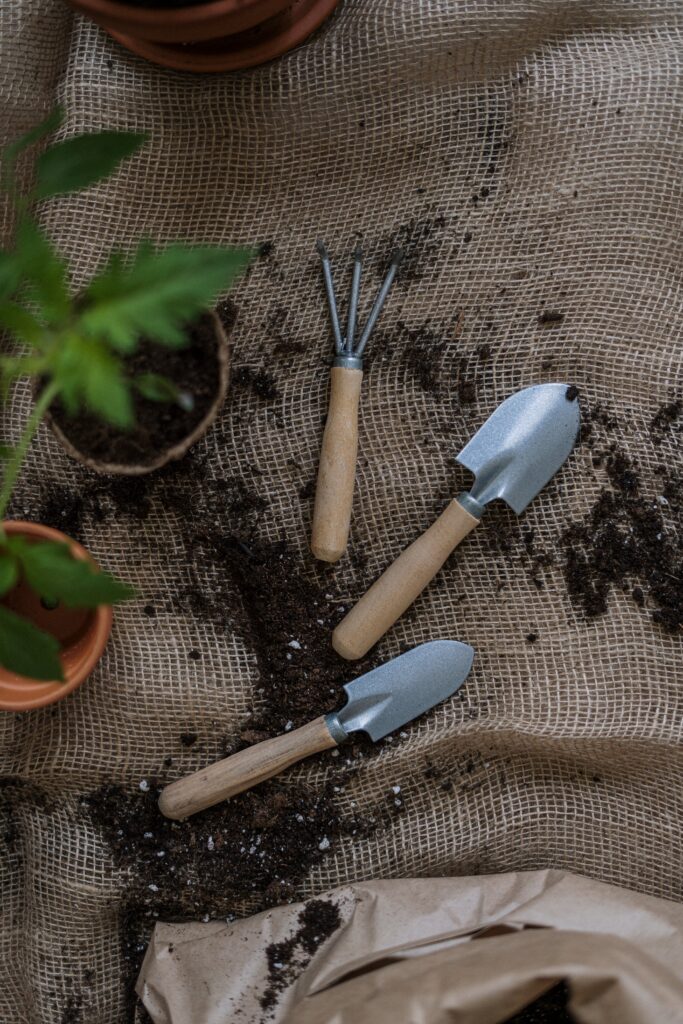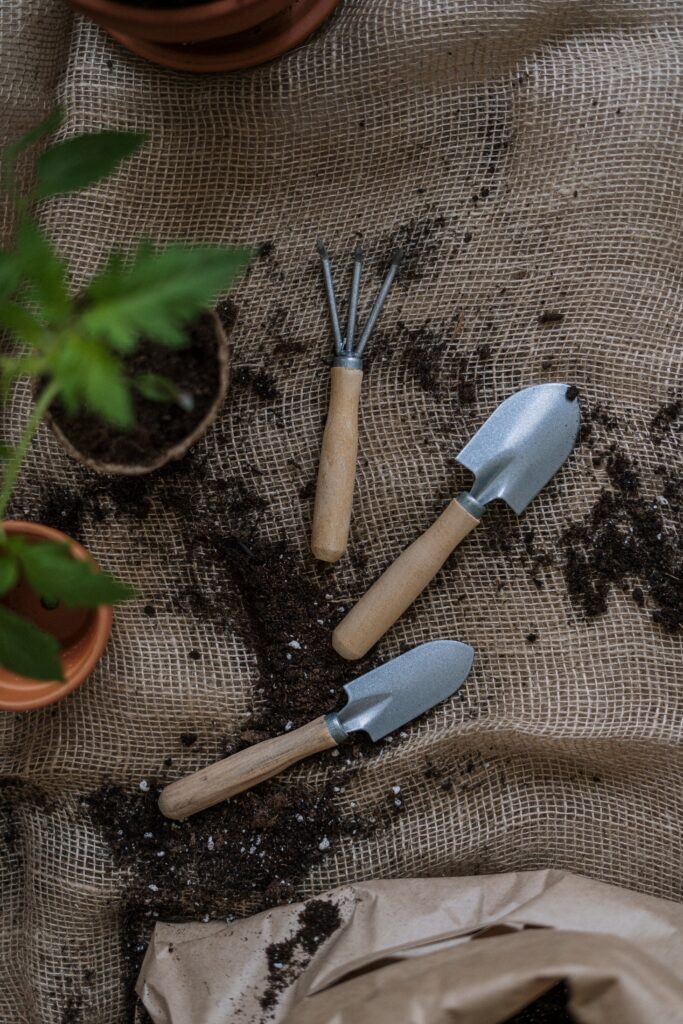INTRODUCTION:
Dwarf trees are a delightful addition to any garden or landscape, offering beauty and charm in a compact package. To ensure that these miniature marvels thrive year-round, it’s essential to provide them with proper seasonal care. In this comprehensive guide, we’ll walk you through the seasonal care requirements for dwarf trees, from spring awakening to winter dormancy. By understanding how to care for your dwarf trees throughout the year, you can enjoy their beauty and longevity for seasons to come.
SPRING CARE:

Spring is a time of renewal and growth, and your dwarf trees need special attention during this season:
Pruning: Start by inspecting your dwarf trees for dead or damaged branches and remove them. Prune lightly to maintain their shape and encourage healthy growth.
Fertilization: Apply a balanced, slow-release fertilizer to provide essential nutrients for the upcoming growing season. Follow the recommended dosage for your specific tree species.
Mulching: Renew the mulch around the base of your dwarf trees to conserve soil moisture, regulate temperature, and suppress weeds.
Watering: Increase watering frequency as temperatures rise and ensure that the soil remains consistently moist but not waterlogged.
SUMMER CARE:

Summer brings warmth and sunlight, but it can also be challenging for dwarf trees:
Watering: With higher temperatures, your dwarf trees may require more frequent watering. Deep watering is essential to reach their shallow root systems.
Mulch Maintenance: Check the mulch layer and replenish it if it has thinned out. Adequate mulch helps retain soil moisture and keeps roots cool.
Protection from Heat: Shield your dwarf trees from scorching sun and heat stress by using shade cloth or tree wraps. This is especially crucial for young trees.
Pest and Disease Control: Regularly inspect your trees for signs of pests or diseases. Early detection and treatment can prevent serious damage.
FALL CARE:
As temperatures cool down, your dwarf trees prepare for dormancy:
Reduce Watering: Gradually reduce the frequency of watering as the weather cools to prevent over-saturation of the soil.
Mulch Check: Ensure that the mulch layer is thick enough to protect the roots from winter cold. Add mulch if necessary.
Leaf Cleanup: Remove fallen leaves and debris from around the base of your trees. This prevents disease and keeps the area tidy.
Winter Protection: In regions with harsh winters, consider wrapping the trunks of young dwarf trees with burlap or tree guards to protect against frost cracks and rodent damage.
WINTER CARE:

Winter is a period of dormancy for dwarf trees, during which they conserve energy and prepare for the upcoming spring. Proper winter care is essential to help them withstand the cold temperatures and potential hazards. Here are some key considerations:
1. Minimal Watering:
Reduced Moisture Needs: As the temperatures drop and daylight hours decrease, dwarf trees require significantly less water. The soil should be allowed to dry out slightly between waterings. Overwatering during winter can lead to root rot and other issues.
Occasional Checks: Although watering is minimal, it’s essential to periodically check the soil moisture level. If there’s a prolonged dry spell without rain or snow cover, provide a small amount of water to prevent the roots from desiccating.
2. Snow Management:
Snow Accumulation: In regions with heavy snowfall, the weight of accumulated snow on the branches can pose a risk of breakage. Gently remove excess snow from the branches by shaking them or using a broom. Do this carefully to avoid causing damage to the tree.
Frost Cracks: Be on the lookout for frost cracks, which are vertical splits in the bark caused by rapid temperature changes. These cracks can harm the tree’s health. Wrapping the trunk with burlap or tree guards can provide insulation and prevent frost cracks.
3. Pruning:
Late Winter Pruning: Late winter, when the tree is still dormant, is an ideal time for pruning dwarf trees. Remove dead or diseased branches and shape the tree as needed. Pruning during dormancy minimizes stress on the tree and encourages healthy growth in the spring.
4. Protection from Pests and Rodents:
Vulnerable Bark: The winter season can make the bark of dwarf trees more susceptible to damage from pests and rodents. Inspect the base of the tree for signs of nibbling or burrowing by rodents, and take preventive measures such as using tree guards or traps if necessary.
5. Avoid Salt Damage:
Salt and De-Icing Agents: If you live in an area where road salts or de-icing agents are used, be cautious about their impact on your dwarf trees. These substances can harm the roots and foliage. Consider creating physical barriers, such as burlap screens, to shield your trees from salt spray.
6. Monitor Weather Conditions:
Extreme Cold Events: Keep an eye on weather forecasts for extreme cold spells, especially if you have recently planted dwarf trees. Young trees are more vulnerable to freezing temperatures, so consider covering them with frost blankets or cloths during severe cold snaps.
7. Prevent Winter Burn:
Anti-Desiccant Sprays: In some regions, winter sun and wind can lead to a condition known as winter burn, where the leaves lose moisture faster than the roots can supply it. Applying anti-desiccant sprays to evergreen dwarf trees can help reduce water loss through transpiration.
In conclusion, providing proper winter care for your dwarf trees is essential to ensure their health and longevity. By following these guidelines and tailoring them to the specific needs of your tree species and local climate, you can protect your dwarf trees from winter-related stressors and promote their well-being as they prepare for the vibrant growth of spring.
Remember that the level of care required may vary depending on the severity of your winter climate and the age and species of your dwarf trees. Always observe your trees closely and address any issues promptly to maintain their vitality.
CONCLUSION:
Proper seasonal care is the key to keeping your dwarf trees healthy and thriving year-round. By following these guidelines for spring, summer, fall, and winter care, you can enjoy the beauty and benefits of your dwarf trees for many seasons to come.
Remember to tailor your care routine to the specific needs of your dwarf tree species, as their requirements may vary. With dedicated care, your dwarf trees will continue to bring joy to your garden for years. For maintenance tools check out Amazon. To learn more about dwarf trees ,visit our page.
